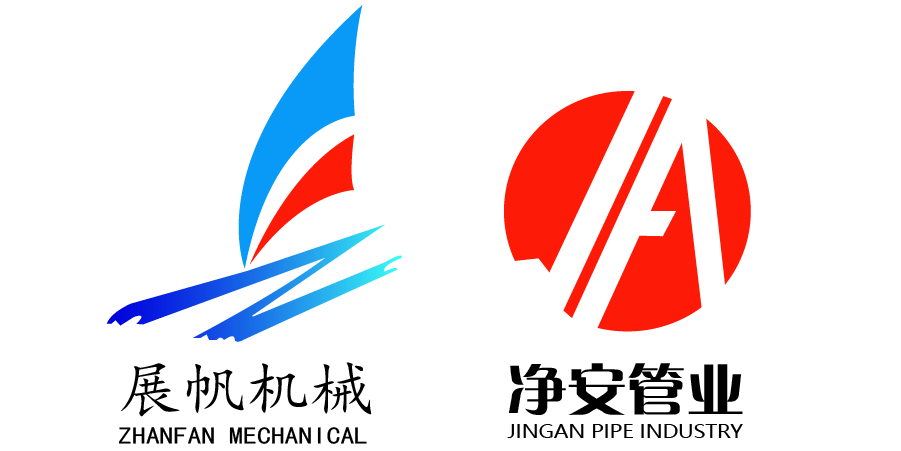Most check valve sizing is based on a qualitative evaluation of the minimum shock pressure or no shock closure and the required closing speed and its closing speed characteristics.
1. ZF8006 Stainless Steel female thread swing check valve DN20 for incompressible liquids
Check valves for incompressible liquids are selected primarily for their ability to close without causing unacceptably high shock pressures due to sudden closure due to reverse flow. The use of such check valves as low pressure drop valves is usually only the second consideration.
For such a check valve, the first step is to evaluate the required closing speed.
The static pressure rise in the pipeline when the valve closes quickly is determined by Rukovsky as:
In the formula △р-pressure rise relative to normal pressure (MPa);
υ-speed of interrupted beam (m/s);
α-pressure wave transmission speed (m/s);
ρ-liquid density (kg/m3);
K-Liquid elastic modulus (MPa);
E-the elastic modulus of the pipe wall material (MPa);
D-pipe inner diameter (m);
e-wall thickness (m);
C-pipeline restriction coefficient, take 1.0 for non-restriction pipelines;
B-constant.
When using a steel pipe with a D/e ratio of 35 and a water medium, the pressure wave velocity is about 1200m/s. When the instantaneous velocity changes to 1m/s, the static pressure increment is Δр=1.2MPa.
The second step is to select the type of check valve that is likely to meet the required closing speed.
2. Check valve for compressible liquid
Although the purpose of selecting a check valve for a compressible fluid line is to minimize the impact of the valve flap, it can be selected according to a similar selection method for a non-return valve for incompressible fluids. However, for very large pipelines, the impact of the compressive medium can also become considerable.
If the flow of the medium fluctuates widely, the check valve for compressible liquids can use a reduction device. This device operates throughout the valve movement of the closure to prevent rapid succession of hammer blows to its end.
A lift check valve is used if the medium flow is stopped and started quickly and continuously, as at the outlet of a compressor. Lift check valves use a lightweight spring-loaded disc that does not have high lift.
3. Determination of check valve size
The check valve should be sized so that normal fluids will keep the closure stably open. For maximum closing time, the check valve should begin closing as soon as possible after the velocity of the downstream medium begins to slow. In order for the valve to be sized in this case, the valve manufacturer must provide data on the selected size. Figure 3-517 shows an example of such profile data. The pressure drop is given for the liquid; the fully open position of the valve is marked on the liquid index curve. The liquid index W/A is given here, where W is the flow rate (m/s), V is the specific volume (m3), and A is the flow area (m2). There is also a table in Figure 3-517 showing the through hole area for a particular valve size. In this way, it should be possible to find the valve size when the valve is fully open for a given flow rate.
4. Selection of check valve type
(1) For high and medium pressure check valves below DN50mm, vertical lift check valves and straight-through lift check valves should be selected.
(2) For low pressure check valves below DN50mm, butterfly check valves, vertical lift check valves and diaphragm check valves should be selected.
(3) For high and medium pressure check valves with DN greater than 50mm and less than 600mm, swing check valves should be selected.
(4) For medium and low pressure check valves with DN greater than 200mm and less than 1200mm, non-wear spherical check valves should be selected.
(5) For low-pressure check valves with DN greater than 50mm and less than 2000mm, butterfly check valves and diaphragm check valves should be selected.
(6) For the pipelines that require to close the pipeline with relatively small or no water hammer impact, the slow-closing swing check valve and the slow-closing butterfly check valve should be selected.
(7) For the pump inlet pipeline, the bottom valve should be selected.
Post time: Jan-26-2022

